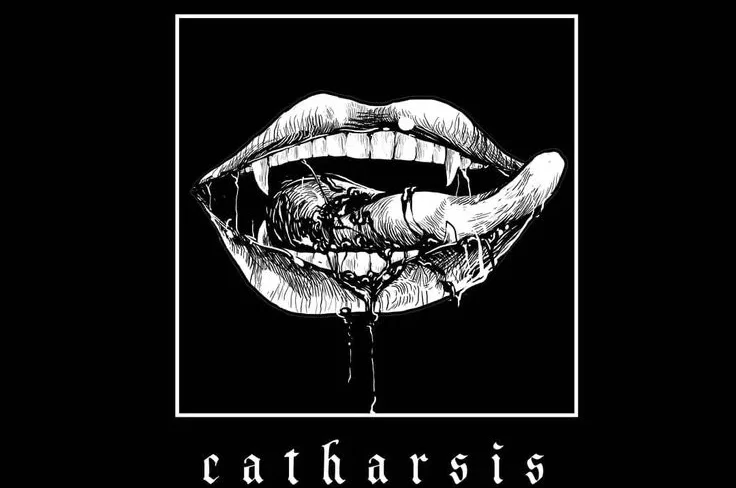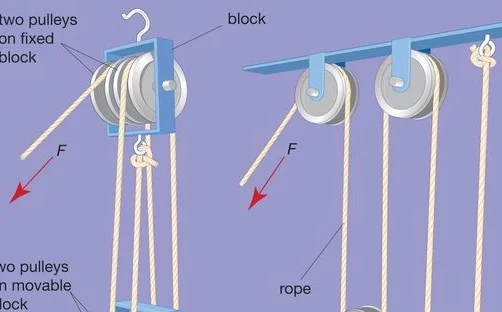Summary
In Virginia Woolf’s essay “Death of the Moth,” she observes a moth fluttering near her window on a summer day. What strikes her is the relentless determination of this fragile creature to navigate its surroundings. Despite its weak nature, the moth extremely want freedom. It’s struggle symbolizes an unwavering will to survive.

Woolf portrays the moth’s repeated collisions with the window, seemingly unaware of the barrier between itself and the outside world. Through this depiction, she underscores the resilience and tenacity displayed even by the most seemingly insignificant of beings.
Moreover, In the moth’s struggle, Woolf finds a powerful representation of the enduring spirit inherent in all life forms. It also emphasize the universal importance of perseverance, regardless of fragility or size.
In Virginia Woolf’s essay, “Death of the Moth,” she goes beyond the moth’s struggle and deals with human existence. Woolf draws parallels between the moth’s fight for life and the human experience. It highlights how death is an unavoidable part of life’s fleeting nature.
She reflects on the temporary quality of life, emphasizing that death is a natural, inevitable aspect of our existence. Woolf doesn’t just focus on physical life and death but dives into the deeper philosophical aspects of mortality. The moth’s short yet brave life serves as a symbol for humanity’s battle against time and the certainty of death.
Throughout her writing, Woolf evokes empathy and emotions. She urges readers to think about the brevity of life, emphasizing the beauty present in all living beings. Her narrative urges us to appreciate the resilience exhibited by the smallest creatures in their struggle for survival.
In addition, Woolf’s prose invites us to contemplate the significance of life’s fleeting nature. It also urges us to value every moment and acknowledge the profound resilience within all living things.
As the essay attracts to a interesting conclusion, Woolf describes the moth’s eventual stillness and dying. This moment symbolizes the final destiny that awaits all residing things, underscoring the cyclical nature of existence and mortality.
In the end, deep study of “Death of the Moth”, urge readers to ponder the profound truths embedded in the temporary life of all living beings. Woolf’s prose and profound observations invite readers to reflect at the sensitive balance between life and death. It also leave a long-lasting impact on the complexities of human life.
Analysis:
In Virginia Woolf’s essay, “Death of the Moth,” she looks at life and death through the eyes of a simple moth. She starts by talking about a moth flying near her window. But she sees more in this everyday sight.
Woolf notices how the moth keeps trying hard to escape, even though it seems impossible. The moth’s struggle isn’t just about getting free. It’s like a symbol for our own fight against the limits of our lives.
Like the moth, we keep trying to go beyond what holds us back, even though we know we can’t escape the fact that one day, life will end.
Woolf’s writing shows how the moth’s determined efforts mirror our own strong desire to go beyond our limitations. The moth’s tireless struggle reflects our own ongoing battle to find meaning and purpose despite knowing that life is temporary.
Moreover, Woolf wants us to think about this connection, showing how the moth’s fight for life can teach us about our own constant search for something more, even when faced with the reality that life will someday come to an end.
In Virginia Woolf’s essay “Death of the Moth,” she goes beyond just talking about the moth’s struggle. She uses it to make us think about how short and fragile life can be. Woolf wants us to ponder the big questions about why we’re here and what it means to live.
She takes a simple moth’s life and shows us how it’s like our own: brief and delicate, yet with a strong will to survive despite knowing that one day it will end.
Moreover, Woolf makes us notice the beauty in all living things through her descriptive writing. The moth’s determination to stay alive becomes a symbol of how tough even small creatures can be. She wants us to admire and respect the strength and perseverance that life shows in different forms.
By talking about the moth’s struggle, Woolf reminds us that even the smallest beings can be incredibly strong. She encourages us to value and appreciate the resilience and determination that all life exhibits.
Woolf’s essay reminds us to see the beauty and strength within every living thing, no matter how small or seemingly unimportant.
End:
In the end of the essay “Death of the Moth,” when the moth stops moving and dies, it’s a powerful reminder that death is unavoidable. This moment shows us how life follows a cycle, and everything, including life itself, has an end.
The essay goes beyond just talking about a moth’s struggle. It makes us think deeply about being human. Woolf’s way of writing makes us face the important truths hidden in life’s short moments. It leaves a strong impact on how we see things like life’s temporary nature, our strength, and the beauty in fleeting moments.
In addition, Woolf’s words make us realize that the moth’s end is more than just an insect dying. It represents something bigger about life. Moreover, Her writing urges us to think about the deeper meanings behind life’s fleeting moments and how they shape our understanding of mortality, resilience, and the temporary yet beautiful aspect of life itself.
Themes:
Fleeting Nature of Life: Woolf uses the moth’s short life to tell us that life is short for everyone, including humans. She wants us to see that just like a moth’s life is quick, our own lives are also brief. She points out that death is something that will happen to all of us.
Moreover, she points us that our lives are made up of these short moments that pass by quickly. Woolf also wants us to think about how we spend our time and cherish these fleeting moments we have.
Resilience and Persistence: Woolf shows us how determined the moth is to survive. It highlights that even tiny creatures like the moth can be really strong. She wants us to notice this strength and think about how we, as humans, also have the power to keep going despite challenges.
additionally, Woolf uses the moth’s struggle to remind us of our own ability to overcome obstacles and keep pushing forward, even though we know that one day we will eventually pass away.
It’s a way of saying that just like the moth fights hard and we also too have this inner strength to face life’s difficulties and keep moving ahead despite knowing that life won’t last forever.
Philosophical Reflection on Mortality: Woolf doesn’t only talk about life and death in a physical way. She asks deeper questions about what it means for us to know that life doesn’t last forever.
In addition, Woolf wants us to think about the bigger meaning behind our lives being temporary and how we deal with the fact that we’ll all eventually pass away. Her writing makes us reflect on the importance of understanding the deeper significance of life’s impermanence and how we come to terms with the certainty of death.
Beauty in Fragility: Woolf wants us to see the beauty in life’s fragility. She shows how determined the moth’s life is. Woolf encourages us to appreciate and honor the strength shown by all living things as they strive to survive.
She also uses the moth’s story to remind us of the incredible resilience present in every living being, no matter how small or fragile they may seem. Woolf’s writing inspires us to understand and value the strength displayed by all life forms in their journey to stay alive.
FAQs
It’s about the fragile nature of life – how even a tiny moth struggling against death reflects the bigger truth that life is short and fragile for all of us.
The story is about a moth’s determined struggle to survive, crashing into a window in its pursuit of freedom, ultimately symbolizing life’s fleetingness and the inevitability of death.
Virginia Woolf uses metaphor (moth’s struggle as a metaphor for human life), symbolism (moth representing life’s fragility), and imagery (vivid descriptions of the moth’s actions) to convey deeper meanings.
In “The Death of the Moth,” the moth symbolizes life’s vulnerability and the relentless pursuit of survival, while its eventual demise represents the universal truth of mortality and the transient nature of existence.




